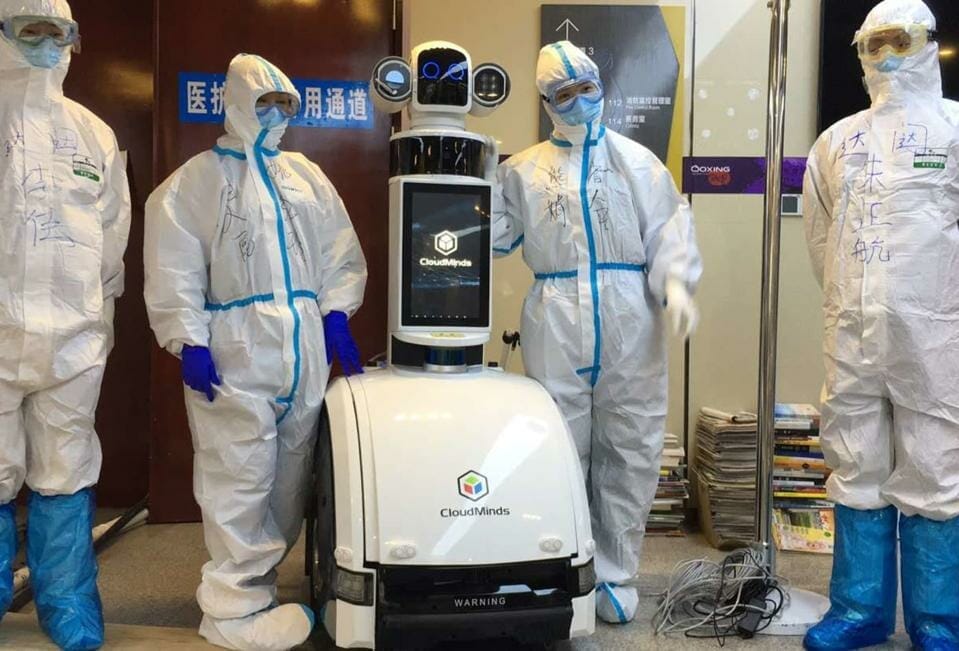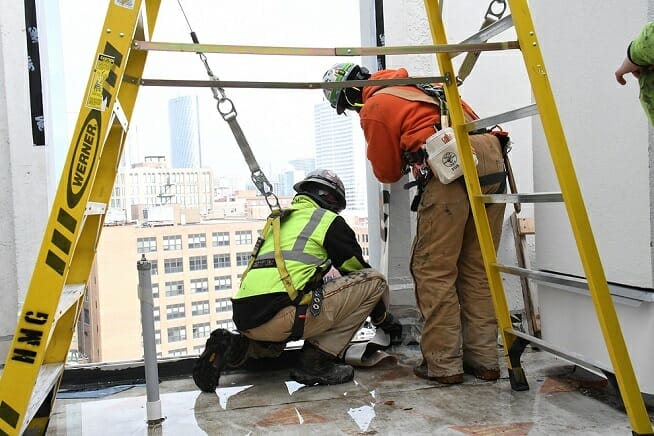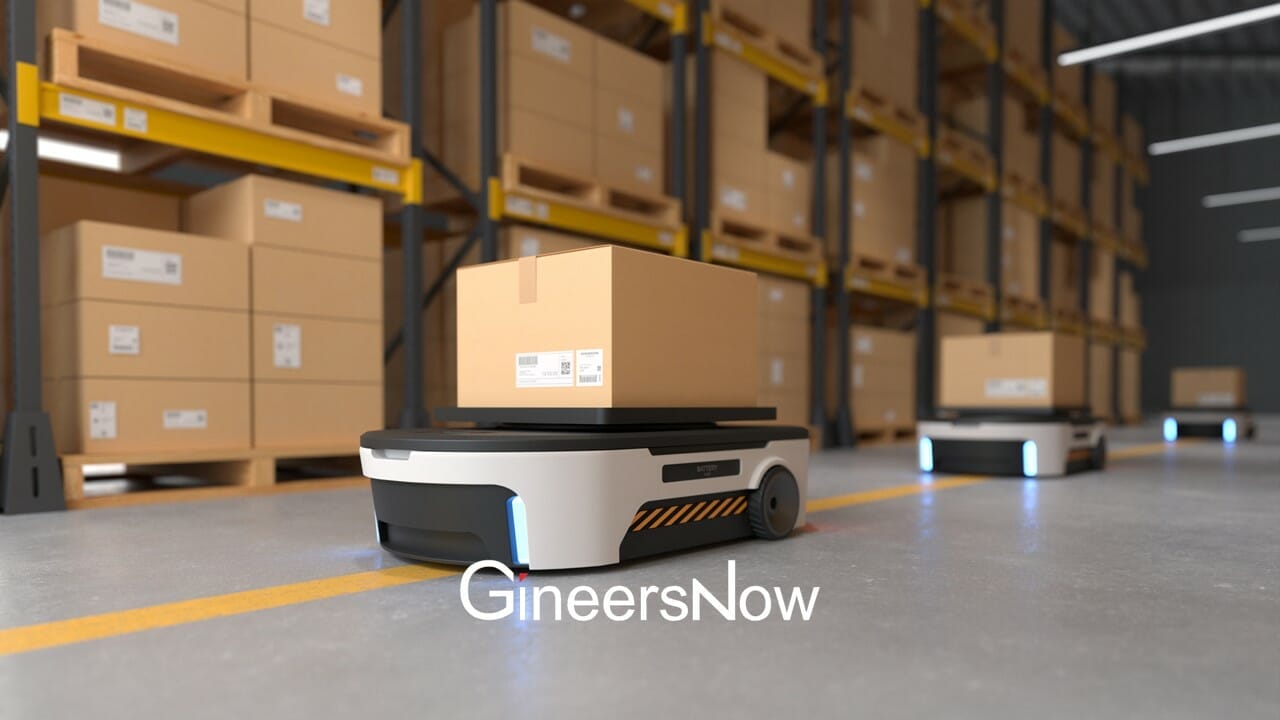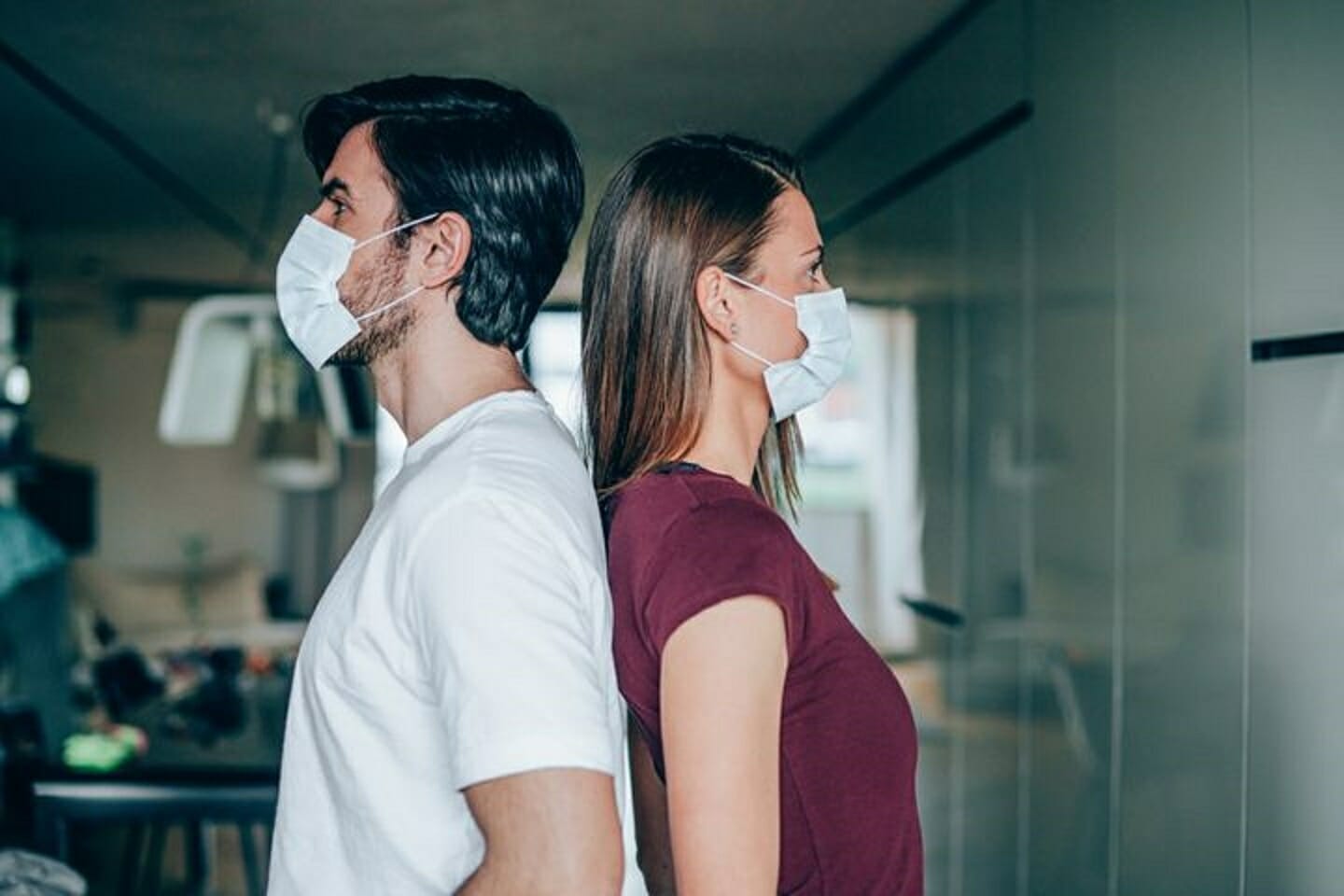Innovations in the technology industry have made life more fun, kept us connected, and furthered learning — but they’ve also been used to help with research and to combat deadly viruses.
As stated by Ecorobotics, the world has seen many changes during the COVID-19 pandemic. Some of the most significant changes include how robotics is being used to help fight the virus and protect those in the healthcare industry.
Robotics is contributing to the fight against COVID by sanitizing and testing, as well as limiting human interaction.
Using robots in lieu of humans in certain situations will ensure people’s safety, create more efficient processes, and save time.
So, how can robots do all of this? Let’s find out.
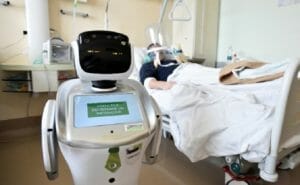
Helping Doctors and Nurses
Since the beginning of the pandemic, doctors, nurses, and healthcare workers have been at the forefront of the fight against COVID-19.
While many precautions have been considered and processes have pivoted in the healthcare industry, these workers’ risks remain present.
The only way to ensure healthcare workers are more protected now that PPE and health checks are in place is to limit their interactions with patients. While human-to-human interactions cannot be eliminated completely, they can be limited.
During the pandemic, robots are being leveraged to take temperatures, perform tests, deliver patient supplies, and act as stand-ins for healthcare workers. The robots are not giving advice or tending to patients; they are being used as a walkie-talkie system so patients and doctors can communicate regularly without face-to-face interaction.
Performing Testing
When someone gets tested for COVID, there’s a good chance they were in contact with someone who contracted the virus, so they should be treated with the assumption that they’re already infected.
Putting a single staff member in harm’s way to conduct a coronavirus test puts an entire team and office at risk of infection.
Medical offices are eliminating this risk as much as possible by using automated testing robots.
Using robots as a testing solution protects the staff and helps speed up the process so that more patients can be assisted. The testing is done through nasal swabs, collected self-performed tests, and finger pricks.
Making Deliveries and Food Service
Social distancing has been prioritized to help limit the spread of COVID, so robots have helped to limit human-to-human contact by delivering food.
The robots can bring food to patients in hospitals or residential homes. If a signature is needed, the robot can also gather it.
It’s also important to minimize exposure as people return to restaurants. Robotic deliveries are completed by drones and robots with tracks for locomotion.
Cleaning and Disinfection
Cleaning and disinfecting have been some of the most significant ways to combat the spread of the coronavirus.
While humans can complete sanitization and limit interactions with people, it isn’t always the most efficient way.
By using robotics to clean, sanitize, and disinfect, staff can limit human labor, leaving doctors, nurses, and other employees to tend to patients or do more intensive tasks.
One of the benefits of using robots to sanitize is that they can use UV lights to do so. UV light harms humans, so by letting robots do the heavy lifting, they can clean better and faster — freeing up time for more healthcare workers to carry out essential responsibilities.
Robotics Is the Future
Robotics is helping the medical field and other service industries minimize in-person contact.
The robots leveraged for these tasks can perform cleaning, testing, and deliveries and act as a communication method between patients and doctors.
Robots speed up the time it takes to complete tasks and protect workers, and they’re one of the best tools we have in the fight against COVID-19.


